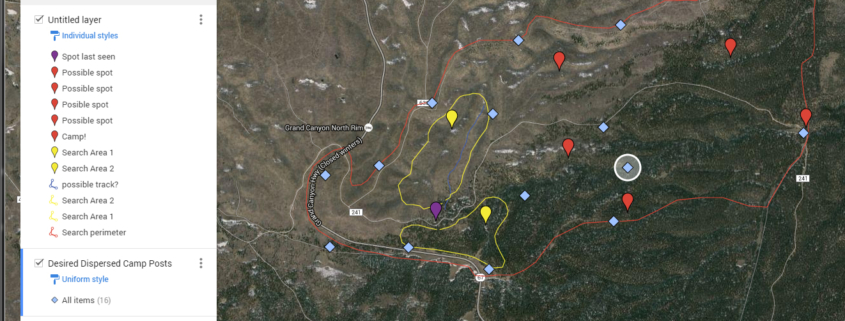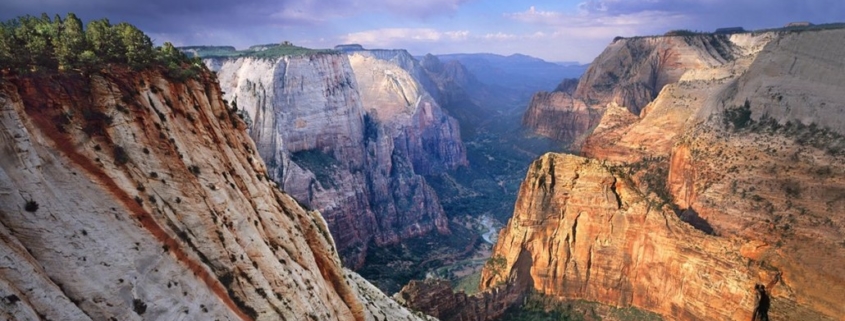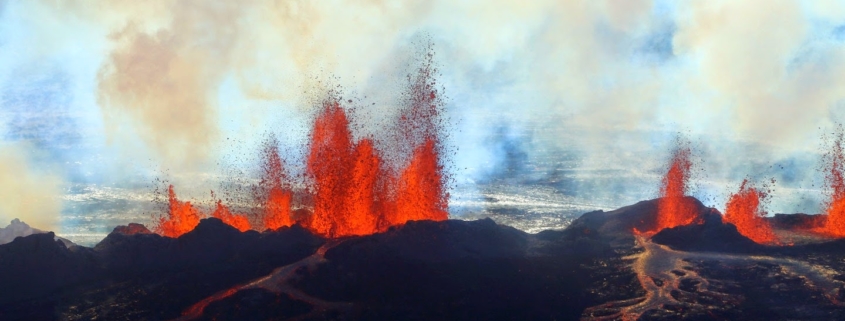Is the Orbit of Jupiter related to Solar Cycles and How Gravity Waves & Electrical Properties Affect the Earth and Shape the Arms of the Milky Way Galaxy
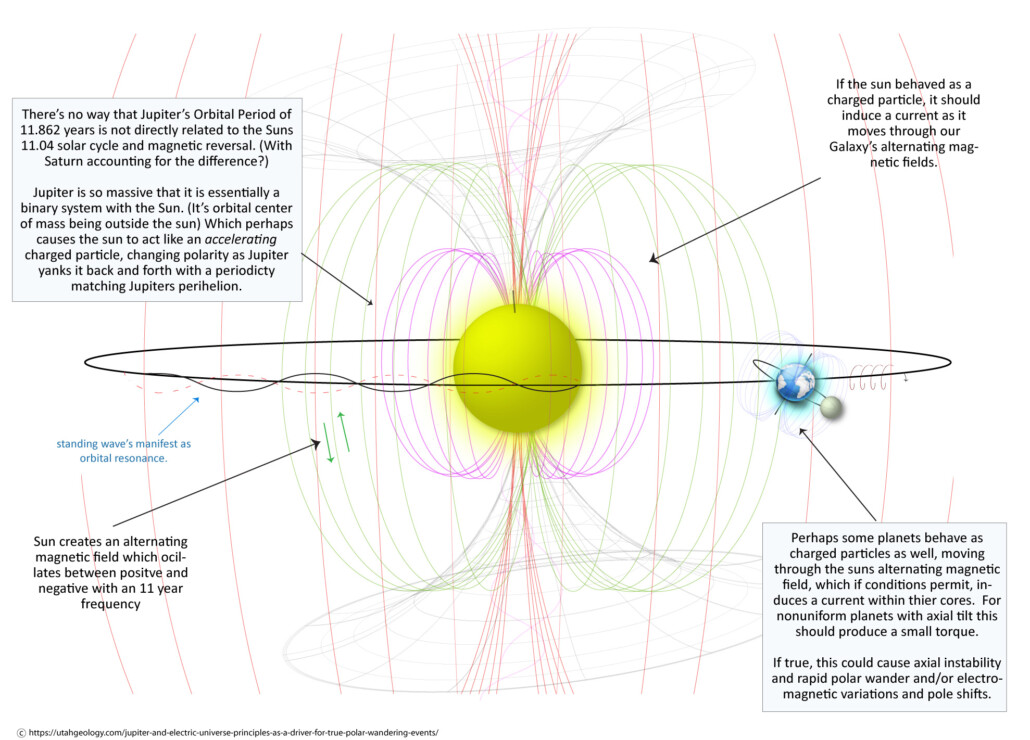
Introduction
Although my degree is in geology & geophysics, and not nuclear or astrophysics, I’v always had a keen interest in physics and would love to go back to school one day and get a graduate degree somewhere in that field. My advanced physics, geochronology and geophysics classes in college really interested and excited me. At just the age of 19 as I went through school I was flooded with the following ideas and insights and had strong impressions of where modern physical understandings were lacking.
As the internet grows I have found I am far from alone. Through the previous 20 years I’ve seen that numerous scientists are thinking about and trying to solve these same issues and independently coming to the same conclusions as I have. Because there are so many others, I am quite sure these issues will work themselves out over time. I think collaborative, academic bodies will eventually move our global understanding where it needs to be in order to fully understand the concepts my theories are working toward. In relation to my very unique theory for minor periodic true polar wandering and the relativity of radiometric dating, I will go over some of the basic principles of what I think mainstream science will one day mathematically & experimentally prove for certain.
Outline of Concepts (click to expand)
Outline
1. There are many poorly understood cycles in celestial mechanics, some of which affect many of the fundamental units of physics.
(give examples)
-what really is mass? how does it relate to time?
-what dictates nuclear stability and decay rates?
2. One of the most basic of these is the sun’s 11 yr solar cycle of solar maximum. This poorly understood cycle, which is almost certainly caused by a type of electrical resonance between the sun and Jupiter (and Saturn), reverses the sun’s electromagnetic field and causes massive electrical discharges and changes within the sun’s dynamo.
(give examples)
-sun and Jupiter are a binary pair, Jupiter’s period is ~11 years.
-they create a double circle resonance. when closest, their lines intertwine. Saturn & Jupiters 11 year orbit somehow drive the ~11 year solar cycle.
-also…
3. Many of the celestial mechanic principles which govern the orbits of bodies are still sometimes explained using archaic concepts of Newtonian mechanics. Understanding phenomena such as inertia, circular orbits, and mass/gravity in terms of quantum field mechanics helps to better explain the relativity and connectedness of our galaxy.
(give examples)
-the similarity between charge and gravity equations (force related to distance squared).
-The circular orbital behavior of a charged particle in a mag field.
-The standing wave and orbit of the earth.
-diagram of how the earth would create a mag field if it is a charged particle in a large oscillating mag field of the sun.
-channeled sources teach of 8 dimensions, a fractal analog is the 8 energy shells in atoms. this is where energy goes.
-speed of light (core atomic resonance of that frequency) dictates the dimension. it is dictated by the mag field of the next higher governing creation.
-throw in the concept of the sun or all matter being a vortex into the next dimension (like a drain sucking in matter & blowing out energy)
4.The galactic core, and many other systems within the universe also produce harmonics and orbital resonances (especially with gravity waves), which create cycles affecting our solar system and all bodies within the universe. The density waves which create our spiral arm geometry is an example. The most pertinent cycle for our solar system is a 600-800 yr & 3000-4200 year cycle which radically affects our sun and solar system.
(give examples)
-we only have mythological historical and channeled accounts to tell us about these theorized cycles.
-It appears to completely disrupt the solar system.
-causes a huge energetic exchange between the sun and its governing power (perhaps the galactic core?).
-The energetic exchanges change the z-number and nuclear stability; which changes most of the relative fundamentals such as mass, density and binding energy.
-Changes occurring during these cycles create changes in volume/density & angular velocity and momentum and are the primary driving force for plate tectonics.
5. Just like suns, every atom is a miniature vortex/whirlpool connecting dimensions. Just as differing densities in the ocean or atmosphere cause vortexes seeking equilibrium (tornadoes/whirlpools), so also are suns and subatomic particles 3D vortices which pull matter from one density/dimension, transform it and blow it into another density/dimension in the form of energy (matter goes in gravitationally and out electromagnetically). Somewhat like a slinky going down the stairs, all matter steps through the dimensions; each sun, planet and atom attracting to itself in one dimension until it dies and is re-created or born again in the next higher dimension. Everything has its analog across the dimensions. As galaxies and humans attract in this life, so we will manifest in the next.
6. The unified field is the master electromagnetic (quantum) field. Particles are simply well behaved ripples or vortices in the quantum field. The Strong, Weak, Gravitational and Magnetic attractive/repulsive forces are all different aspects of the same force–which have to do with alignment or misalignment of the vortices. What needs to be solved is the mechanism which shields some interactions and not others. What shields some elements from being magnetic? What shields the Strong Force in all but nucleic interactions? What shields the “magnetic” forces in celestial mechanics to make interactions behave “gravitationally”? Etc… To solve the shielding problem is to unify the forces. My guess is that the math behind this is beyond our current abilities. I believe it has to do with calculating the composite field interactions between every subatomic vortex in the field.
.
Background Concepts
–Relativity of Radiometric decay rates (likely caused by neutrino spikes)
–Gravitational Waves which warp space-time and emanate out from super massive objects like Sagittarius A in the center of our galaxy.
-The galactic current/plasma sheet (Galactic analog to the Heliospheric Sheet)
–Cosmic (astrophysical) Jets, and cyclical gamma ray bursts
-Solar outbursts in systems with brown dwarfs far more powerful than usual. Especially if magnetic lines reconnect (find article of this happening recently elsewhere)
–Superflares (massive CME’s thousands of times more powerful than nuclear weapons’, capable of affecting C14 production in the upper atmosphere – see 774 AD event)
.
The cycles of celestial mechanics and their relationship to the fundamental units of physics
In our Galaxy there are many cycles which affect our earth and our measurements of space and time. The most fundamental of these cycles is obviously the earth day, which is essentially a measure one complete rotation of earth on its axis. Also well known are the year, the lunar cycle which months are loosely based on, and the less known Solar Cycle of 11 years where the sun reverses polarity. There are even greater cycles of such long duration that their exact mechanical characteristics are only speculative; such as our solar system’s movement within the Orion arm of the galaxy, our movement up and down across the galactic plane or equator, and our solar system’s orbit around the galactic core. I propose that these larger celestial cycles dictate all of our physical laws and measurements in ways many may not realize. It should be obvious that all our measurements of time are based on the velocity of the earth’s rotation and orbit around the sun, as well as the distance and size of the earth itself and its orbit. For instance, by changing the properties of inertia or the size of earth and/or its speed, you change the length of a ‘year’ and thus the 4.5x billion year date for the age of the earth and the age of everything in our geologic timeline. Einstein and many physicists like him came to realize over a century ago that all these measurements were relative to each-other and were dependent upon one’s reference frame in many complicated ways.
I suggest that there is no way to conclusively prove that the earth’s rotational velocity, orbital velocity or orbital period have been constant; and that in fact historical and mythological records seem to suggest to the contrary. I propose a cosmological model which suggests that our Solar System experiences long periods of relative stability interspersed by short bursts of extreme relativistic changes much like the suns 9-10 years of stable behavior interspersed by 1-3 years of erratic behavior during Solar Max. I suggest that special relativity and gravity waves can be used to suggest that large changes in the angular velocity of our solar system’s orbit in the galaxy, cause minor but significant changes in volume, density and even its mass, binding energy and other energetic properties of physics through time.
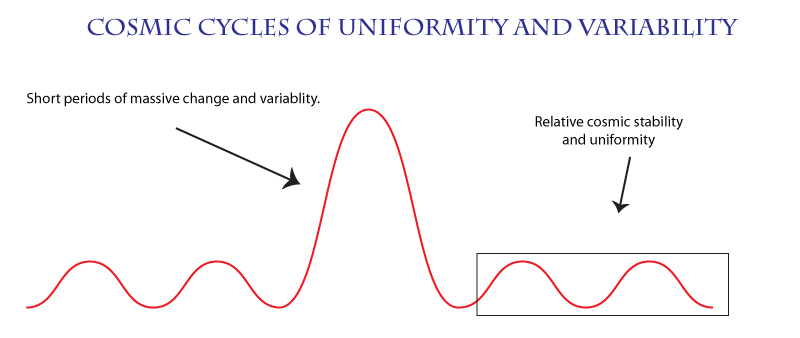
The Solar Cycle and Orbital Resonance
Our sun’s 11 year solar cycle has been well researched and documented. Roughly every 11 years the sun’s magnetic field collapses, reverses and realigns in a process corresponding with Solar Maximum, where the sun’s energetic output, sunspot activity and coronal mass ejection prevalence intensifies. Older models seeking to explain the cause of these cycles relied on classical physics explanations which saw the sun as a closed dynamo system. Newer models are beginning to explore how electro-magnetic and gravitational fields might actually be at play in these phenomena. Although well documented, it is not well known that the Sun and Jupiter are essentially a loose binary system, as the center of gravity of the two bodies lies outside the sun’s circumference. At roughly 1/10th the diameter of the sun, Jupiter is more than twice as massive than all the other planets combined. As Jupiter orbits the sun it tugs the sun toward itself by more than half the sun’s 800,000 mile diameter. The slight acceleration of the Sun’s mass and convective zone fluids created by this binary orbit between the Jupiter, the Sun & Saturn, I believe, creates drives the tidal forces within the sun as well as creating some type of electrical resonance of the two bodies and the entire solar system.
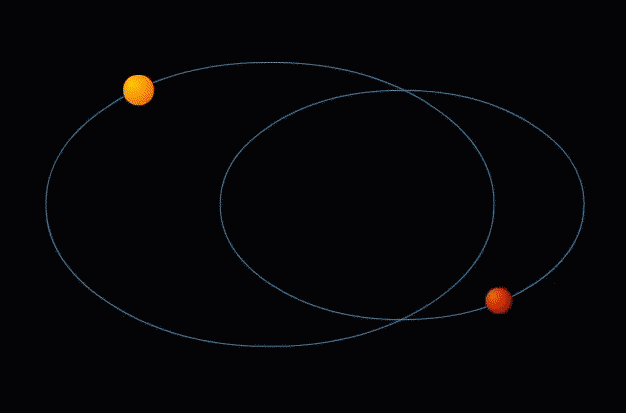
Many papers attempting to link Jupiter’s orbit (in combination with other planets) to the suns solar cycle (see Courtillot, 2021 or Stefani, 2019 for instance). However, all of them have been ignored or dismissed as no one has found a mathematical model convincing enough to account for the 0.7 to 0.8 year difference between the two. I contend that there’s absolutely no way that the 11.8 year periodicity of the Jovian orbit is not somehow connected to the 11.1 periodicity of the solar cycle and I suspect the difference in time has to do with a combination of electrical flow of Jupiter and only some planets pairing with Jupiter to affect the Suns internal magnetic flow, or perhaps simple neglect and misunderstanding of the important aspect of Jupiter’s up and down motion across the solar equator on the suns dynamo.
As depicted in the exaggerated illustration above, when these two massive bodies reach perihelion (their closest approach), their angular momentum increases slightly — this acceleration of mass and charge, undoubtedly induces some type of charge. (As a result of gravitational and electromagnetic principles I detail below, I suggest that Solar Max is somehow related to changes in the Sun’s rotational acceleration and not just by inner-body tidal forces caused by heat differentials). Perhaps the Solar Jovian exchange simply enhances or subtly drives the existing flow and imbalances in the sun’s internal dynamo. It is not entirely understood why the sun’s electromagnetic field always rebuilds in a switched polarity, but I suspect that either Jupiter’s orbital obliquity to the Solar Plane (which is 6.01 degrees) actually alternately snakes above and below the celestial equator with each orbit, or it is caused by some galactic influence such as our solar system’s position in the galactic field according to principles which will be discussed later in this article.
Although not well explored by astrophysicists, the above gravitational influences between Jupiter and the Suns magnetic field, internal producing plasma currents are fairly straight foreword results of known dynamo processes. However, I believe there are more non-Newtonian electrical influences of this Solar/Jovian movement that warrant further exploration. Particularly, the electrical current exchange between the sun and Jupiter following a Jupiter/Io model, as well as possible ulta-subtle gravity waves cased by the Jupiter’s acceleration of the sun.

Galactic Gravity Waves and their Possible Effects on our Sun and Earth
The small Gravity Waves theorized to possibly be caused by the sun’s acceleration and the electrical resonance created by the same process is extremely relevant in our discussion because I believe it serves as a microcosm or fractal of what is occurring in the Galactic Core. The dance or movement of these two bodies creates an alternating, radiating field disturbance which radiates throughout the and Galaxy and ends up affecting the gravitational and electrical properties of all smaller bodies. I believe it is this same phenomena occurring in our Galactic core which is responsible for the “arms” of our Galaxy, and more importantly, creating alternating regions or arms of high energy density and low energy density, (which also regulate the relativistic changes of many cosmic variables for our solar system such as inertia and gravity). Much like with the famous double slit experiment, this double wave interference pattern creates linear node alignments which radiate out from the center like sunbursts or spokes on a wheel. When the oscillating source of these interference waves is itself rotating, then the spokes become curved arms matching the ratio phi—just like we see in our galaxy. (see cosmometry.net for many amazing insights into the relationships of phi)
As our solar system slowly moves through the pattern of electromagnetic waves and gravity waves emanated out from the galactic core, many fundamentals of physics change. Large gravity waves fold space-time on itself, causing relative changes in mass, density, inertia and solar energy output. I propose that rotating binary bodies in the center of the milky way are creating a wave pattern similar to those demonstrated in the experiments below. This pattern contains both reinforcing waves and canceling waves. Matter in the galaxy tends to get pushed into and congregate in the ‘arms’ which are composed of canceling waves (both gravitational waves and electromagnetic waves). However as earth moves through these regions of reinforcing waves and canceling waves, the very fundamentals of physics change.

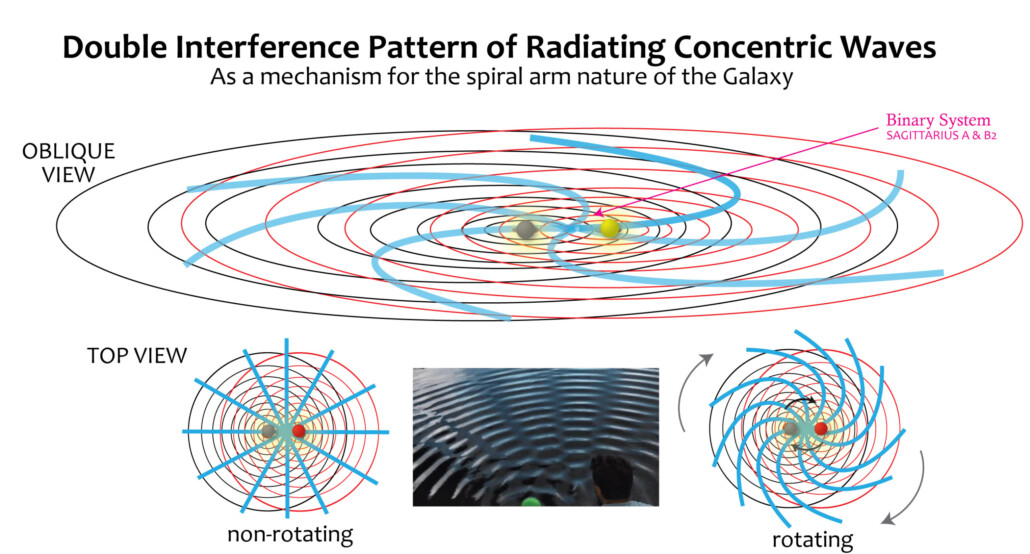
Celestial Mechanics and a Unified Field Theory
Although containing four or more fundamental forces, science seems to be marching on in finding ways to explain the unified field that Einstein envisioned. There are many patterns and concepts concerning a possible unified field which any high school student can see, and in fact most college textbooks actually point out. Modern String theory is starting to validate previously pseudoscience “new age” theories that require multiple dimensions to make things work. Here, we’ll first cover the similarities in equations which govern classical vs. quantum mechanics. For an over simplified example, take for instance the similarities between law of universal gravitation and Coulomb’s law.

It should be obvious that there seems to be a distinct relationship between mass and charge. This relationship becomes more clear and insightful when we look closely at mass and compare it to the effects of a charge in different types of magnetic fields. Mass, by definition is simply a measure of the force it takes to break inertia and accelerate an object. But what causes the effects of inertia? This force is often seen as separate from electromagnetism, but remember the Lorentz force laws show that it takes a force to move charged particles against a magnetic field. To those who have looked closely into magnetic field vectors on a spherical object, the results are amazingly similar to the inertial effects we see on objects in our Solar System. Although strikingly similar on the surface, mathematically proving this idea that inertia is actually caused by the resistance of magnetic fields on relatively “charged” objects has proven elusive (but that doesn’t mean it won’t be done one day). Before moving into the more complex differences between gravity and magnetism let’s take a moment to look at the similar effects of planetary orbits and the behavior of a charged particle moving normal to a magnetic field. In introductory physics we learn of the cyclotron and the effects of a charged particle when traveling normal to a uniform magnetic field. As shown in the illustrations below, the particle will be forced into a circular orbit when the velocity is inversely proportional to the charge. Doesn’t this look amazingly similar to planetary orbits? Isn’t this a better explanation for why planets tend to stabilize their orbits around the celestial equator and galactic bodies tend to do the same along the galactic equatorial plane? It likely also plays a role in why planets with weak or no magnetic fields often have very small or no moons.
Questions:
-Electromagnetic properties only act on oppositely charged objects. Is there any way to test whether the sun and its planets are relatively opposingly charged?
–
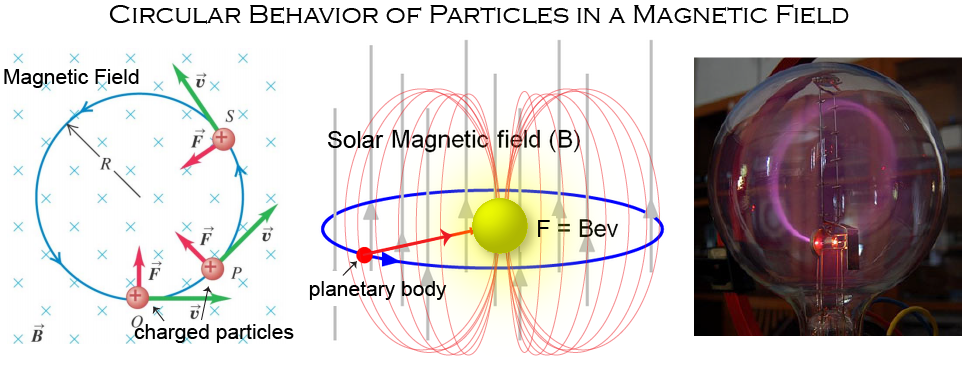
Some cosmological phenomena are sometimes still explained using entirely newtonian physics principles, despite their amazing similarities to electromagnetic principles. There are many physicists trying to break out of this old mechanical cosmological view and trying to see the universe as a dynamic electrical system. One profound aspect of this is the idea that Celestial bodies may be heated from within by induction caused by motion through the solar or galactic magnetic field, just as a conductor induces a current when it moves through an alternating field. If such were at all true there could be many implications on possible periodicities of volcanism and the speed of tectonic movement (orogenic events) seen in the geologic record. Perhaps as many ancient myths suggest, the movement of our Solar System in and out of high density “nodes” of the Galactic Field could possibly influence planetary heating, plate subduction and Solar output.
Our current difficulty in getting past the prevailing classical astronomical models is reminiscent of the 17th century scientific community led by Lord Kelvin who had trouble accepting the idea of radioactivity playing a role in the Sun’s and earth’s interior heating.
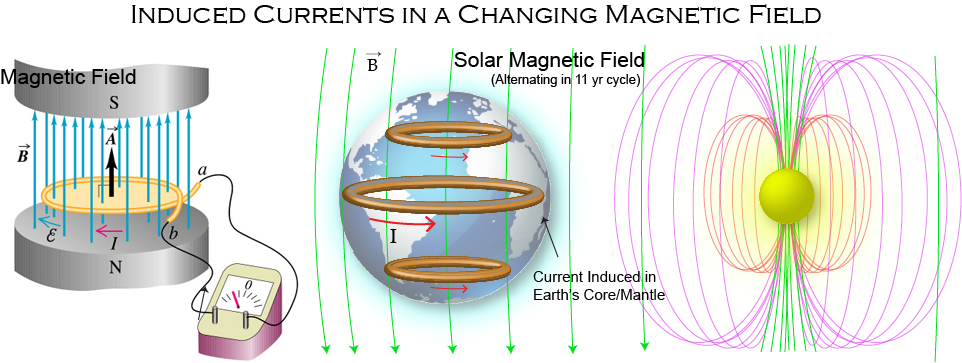
Putting it all together
Putting the principles we have been discussing together I propose a model in which, just as a wound conductor wire acquires an induced current when moved through an oscillating magnetic field, the Sun also is subtly influenced electrically by its motion through the galactic magnetic field. Changes in the Sun’s acceleration, like those caused by Jupiter’s binary perigee every 11 years, cause electrically induced surges manifest as solar max. The same process is repeated up and down the line between Suns, planets and other orbiting satellites which have cores appropriate for forming dynamic magnetic fields. Thus the earth’s core also has a current which is induced by its travel through the sun’s oscillating magnetic field. (However, hardened planets like earth contain largely “frozen” magnetic fields which are no longer able to flow easily with the changes of their “governing” stars.) Energetic changes in earth’s internal dynamo are also caused by accelerations caused by our own satellite (The earth and moon are also a binary system). This process forms a chain which transfers energy and other aspects of electrical resonance from the smallest of celestial bodies, to the galactic core itself. Of course, like most things in nature there are obviously myriads of exceptions and complexities which seem to break the rules of every model. A scientists job is not to lay on the wisdom as if they have “figured nature out”, but to propose theories and hypotheses which explain natural phenomena and invite others to test and challenge those theories in search of truth….
Understanding the Relationship Between PHI & Solar Max
I need to explain here how the alignment of Jupiter, Saturn & Neptune are responsible for the 11.3 solar max and reversal of the suns electromagnetic field. It has to do with the bipole of the binary like action these planets create as they pull the sun in directions opposing the greater galactic field (a microcosm to what happens each 3300 years when it changes directions in its spiral orbit. The thing to understand here, is that astronomers who have explored the sun/Jupiter-Saturn-Neptune alignment are looking for a straight line when they should be looking for PHI. PHI is a straight line imposed on bent space time. And its related to the way that tension waves & gravity work on ‘circular motion’ or rotating bodies as seen in the below video!
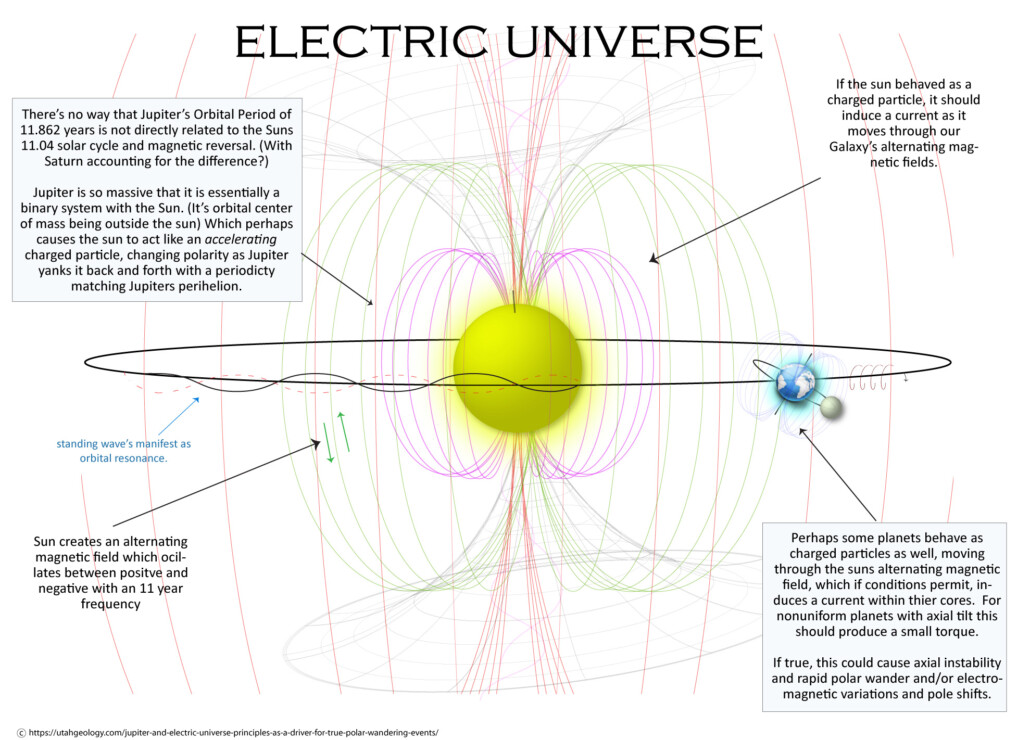
Questions:
-If true would the motion of the sun through the galactic magnetic field, or the motion of the planets through the suns magnetic field create a drag? Wouldn’t this tend to slow them down over time?
–
Atomic Orbital Shells Are Analogs to the Dimensions
Just as different atoms have different numbers of energy shells, so might different planets and suns have different numbers of densities. (string theory refs).
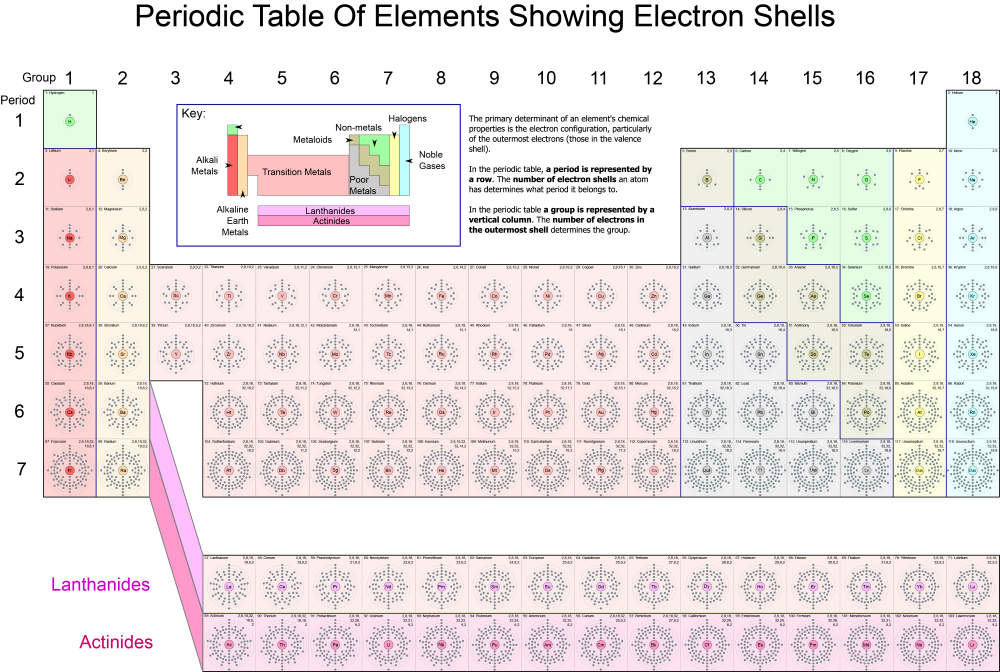
We like to think of electrons as ‘particles’ orbiting ‘around’ the nucleus, but in reality electron shells are more like an energy field which holds a discrete amount of energy. The number of shells and amount of energy those shells can hold is determined by the “core vibration” or mass of the nucleus. Likewise the varying dimensions of planets (such as earth’s heavens) or even the 7 energy bodies in hindu belief are often referred to as existing ‘around’ a person or planet, but in reality pinpointing these shells in space is not so straightforward. In the ‘Law of One’, Saturn’s 7th dimension is referred to as existing in the “rings’ of Saturn, just as Oahspe and most mainstream religions refer to earth’s heavens or resurrections as existing within the earth’s electromagnetic field. This is true in a manner of speaking because space/mass expands as it becomes more energized, but one needs to realize that these places are truly alternate dimensions invisible to human eye and manifesting only as light or energy when translating from one reference frame to another.
-put diagrams of gravity vs electromagnetic interactions.
-lay out relationships between fundamental physical properties (mass, energy, etc)
-lay out a framework for how core vibrations change, and how this change then dictates the fundamental laws.
—- UNDER CONSTRUCTION —————————————————————————————–
Things to Add to Article....
Summary
Most of the fundamental units of physics are relative to many cosmological factors which change over time. The earth’s volume, density, and most importantly the speed of light, … are relative to the solar system’s position in the galaxy. Assumptions claiming these do not changed are flawed…
We are just beginning to understand the electrical nature of the universe. The relationship between electromagnetism and gravity is in its infancy. Most physics textbooks point out these relationships as examples of what is yet to be discovered… when we find these relationships, we will understand why decay rates change over time.
Small description of the 8 dimensions from cosmology article. As earth moves between these, dates skew.
(give examples)
-the similarity between force and gravity equations (over distance squared).
-The circular orbital behavior of a charged particle in a mag field.
-The standing wave and orbit of the earth.
-diagram of how the earth would create a mag field if it is a charged particle in a large oscillating mag field of the sun.
-the lost energy we call binding energy, is pulled to the next dimension
-(main point) most importantly hit on the possible causes for creation of, and polarity switches in magnetic fields. because switches (which have collapses) or changes in mag field intensity, affect radiation on earth, which affects decay rates.
-gravity and electromagnetic attraction are obviously the same force, but the force is dampened or accentuated by the configuration of the atoms in the material. In materials which conduct electricity, the force gravitational force is greater… that’s why they are heavy. It has to do with how the atoms are arranged…
different theories for what changes the decay rates…
1.standing wave nodes
2.abrupt change in velocity
3.(main point) direct CME impacts and general changes in solar and interstellar radiation reaching the earth. Current physics is still a bit too caught up in particle physics, but we understand radiation enough to realize that interstellar radiation both creates and affects radioactive particles. Creation of C14 by highly charged solar particles is well understood. Creation of other radioactive isotopes like U245 and K37 from cosmic sources is less understood, but the principles are still there.
4 -PLATE TECTONICS. as you move further away from a gravitationally governing body, an object’s volume and density change. A bag of potato chips of a mountain or a balloon in the air will expand the higher they raise away from the earth. The planets experience the same effect in relation to the sun’s gravitational influences. As a you move away from the Sun, planets become more voluminous and less dense (depending on the rigidity of their materials). Scientist currently assume that the differences in planetary density were determined as they all simultaneously condensed with our sun (which may certainly be true) and that the earth has not changed its location in the solar system. My theory however suggests that it is changes in interstellar density, which is the main driver of plate tectonics. The liquid core expands & shrinks as we cross major galactic density boundaries, the rigid crust, less so. The same would be true of our sun (and its planets) as we move about in relation to both the galactic core and other galactic gravitational influences (they move slightly closer or further from the sun).
This process is quantized, not simply gradational. It could best be compared to the water cycle. Water does not transform from ice to liquid to steam in a linear fashion, it does so in quantized steps involving latent heat. With water, changes of state are determined by the energy density of the liquid or the density/pressure of the environment. If you slowly move most frozen substances into a region of lower pressure, they will liquify unless you take enough energy out of the system to bring equilibrium. As our Solar System moves through the galaxy, the same type of thing happens as we pass through nebula (and clouds of dark matter) of differing density. Scientist know that the orbit of earth & all the planets in our solar system (as well as the moon) are slowly expanding, but no one can agree on why. What is yet to be seen is the effect of this change on the laws of physics once the quantized threshold boundary is crossed…
5-UNIFIED FIELD THEORY. gravity and magnetism are not separate forces, but different intensities of the same force. as scores of people have suggested, there is only one force, and it is subatomically created by reinforcing or cancelling waves. (Essentially vibrations or vortices in the quantum field.) Waves which are essentially electric field lines caused by space-time vortices in the unified field. Whats important is the idea that attractive and repulsive forces of electromagnetism act on every object. It is well understood that it is the “alignment” of the atoms which dictates magnetism. What is not well understood is that it is those same atomic alignment characteristics which determine mass… which in turn determines what we call gravity. Magnetic materials are almost universally heavy (more massive). Why? Because the alignment or polarization of the atoms also makes them more attracted to the earth than other materials (in addition to being attracted to other magnetic materials). Iron, water or air do not have different masses because they have more or less atoms, it is because of the alignment or polarization of the atoms. Density is not so much a measure of the molarity (number of atoms) but the proportion of atoms aligned in certain configurations or ways. The reason solids can pass through liquids or gases is the same reason why dimensions don’t interact, its because of the configuration and/or base vibratory frequency of the atoms. At the most fundamental level, there is no such thing as a solid or “particle”. Things simply behave like particles because of their electrical properties
———————————————————————————
-when the moon had a liquid core and stronger magnetic field, it likely caused the earth’s magnetic field to regularly flip in the same way Jupiter causes the sun to. Possibly certain galactic variables re-melt the core and polarize it from time to time. Or like dropping a magnetic can affect its magnetism, jolts to the earth may affects its magnetism as well.
#1 Unified field theory. I believe we one day will come to mathematically and conceptually understand how all fundamental forces (gravitational, electromagnetic, strong, & weak force) are simply different distortions of the same unified force & field. I believe the key to finding these formulas is in understanding the multidimensionality of matter. (7 dimensions in our galaxy, just like there are 7 possible electron valence shells or energy levels in an atom.)
#2 Total relativity. All fundamental units of physics are relative and change as a body progresses through these dimensions. Mass, inertia, bonding energies/strong forces, gravitational forces, electromagnetic forces and time all are relative and change as a reference frame moves through the dimensions. Changes occur proportionally according to the mathematical relationships proven by mainstream physics. My ideas essentially mirror special relativity with exception that the speed of light is discretely different in each of the 7 dimensions.
UNDER CONSTRUCTION ——————————————————————————————————-
Changes In Fundamental Rules of Physics
I’ve come to realize our current understanding of the motion of our Solar System through the galaxy is fairly retarded. We really have only 200-600 years of good astronomical data to use as a basis for tracking our motion. That’s not very much and not nearly enough to really be able to say much about our galactic orbit. All of our astronomical calculations concerning the suns movements are blind projections of current movements. We know from current measurable motions of stars that our planet wobbles on its axis. We know it also has a slight binary orbit because of the moon. We know the sun does the same and has a true binary orbit with Jupiter (the center of which exists outside the circumference of the sun). We know our solar system is inclined relative to the galactic plane while moving toward it and we speculate it snakes its way up and down through that plane over time. Despite presumptuous and prideful speculation, we really don’t have enough data to speculate as to exactly how that orbit behaves over thousands of years. Vague Greek records (and possibly a few Chinese & Babylonian ones) are our only truly reliable way of extending astronomical conditions a bit longer into the past. The language barrier with Babylonian and Egyptian records makes them hopelessly suspect. What is causing the earth’s magnetic field strength (and other planets in our solar system) to decay more rapidly than linear predictions suggested? It must have to do with the galactic orbit.
How reliable is projecting current motions millions of years into the past or present? I suggest that although equally as suspect, using material supposedly channeled from other dimensions where longer astronomical records exist is really all we have to work with. From these, I speculate that as our solar system orbits the galactic core the earth moves through differing energy densities in the galactic wind. I suspect it is a combination between our location in the galaxy and the angle between our suns trajectory in relation to the prevailing galactic field that dictates the speed of light and atomic energy potential in our solar system.
Variables affecting our planet and their relationships.
earth’s axial tilt = season/surface heat, electromagnetic interaction, harvest productivity
earth’s speed = time of day, length of year,
earth’s distance from sun = seems to be somehow loosely related to density/mass/size of the planet.
Variables affecting our solar system and their relationships.
solar system’s axial tilt = heat/intensity of the sun, electromagnetic interaction, spiritual harvest productivity
solar system’s speed = time in some way?
solar distance from galactic core = doesn’t matter so much, what matters is our relationship to the interference patterns.
The speed of Light dictates the dimension
I put a lot of meditation into this.. I need to find a way to explain it. basically matter’s core vibration is what dictates a dimension and that is based on the speed of light. The speed of light is different for each dimension. Each reality or illusion is formed by being able to interact with (see and touch) matter. Both seeing and touching matter has to do with electromagnetic waves bouncing off things and repulsive interactions between atoms. “Atoms” are mostly empty space, but the “solidity” of energy patterns that we call atoms or matter is dictated by them both having an equal core vibration. So atoms or the matter in each dimension, vibrate at the same frequency which is the speed of light.
—————-
I reference the Law of One because it is seems to verbalize many of the ideas that I have felt since delving into physics. As a second witness to my thoughts, it gives more validity to the hope that my ideas are not solely my own. It seems to me that there are a lot of people working on these concepts and that a scientific consensus will eventually be achieved which will iron out all the errors and inconsistencies in my own and other pioneering theories.
I believe that the correct model for multi-dimensionality in the universe must take into account the accumulating metaphysical evidence for life after death, and the existence of beings which dwell in dimensions not visible to our own. I believe along with many major religions and supposed material channeled from unseen realms that the earth is approaching a dimension boundary. And as we slowly cross this boundary, the changes we see in the fundamentals of physics will help our understanding of the physics of our galaxy to greatly enlarge.
#1 There is a dualistic dimension or metaphysical realm.
There is a metaphysical realm, dream state, spirit world, purgatory, time/space, mental environment or inner planes which is a duality or opposite in many ways to the physical world. (Separate from the resurrected realms, atmospherea/4rth density, etc. It is essentially the 8th density, next octave or dwelling place of God/ Higher Self. “The conditions are such that time becomes infinite and mass ceases”.) Time as we know it does not exist there. Where in our dimension space is large and curved compared to ourselves (the earth is spherical), there time is large and curved. Here, if you travel around our sphere/globe you will return to the space where you started; there if you travel around that sphere you will return to the time where you started. Here we move through space at will, but cannot control movement through time; there you can travel through time at will, but cannot control movement through space.
#2 There are 7 primary dimensions or densities in our galaxy which religion and metaphysics call the resurrected realms/heavens or glories and are a projection of the metaphysical realm. The reality or illusion of these realms is created by differing discrete values for the speed of light. The seven energy levels or valence shells of an atom are a fractal or microcosm of this greater reality.
Energy vibratory rates are quantized into discrete octaves of existence. In our octave, energy vibratory rates are quantized into 7 discrete steps of the continuum. Much like light being shown through a prism creating the 7 colors of the rainbow, energy originates in an octave above our own and is projected through the metaphysical realm to create the 7 densities or realms of existence. The speed of light is constant for our 3rd dimension or density, but is different in each of the other dimensions.
#3 The same principles Einstein’s relativity theories suggest apply to objects as they approach the speed of light also apply to a “stationary” object’s core vibratory rate. Generally when an object absorbs energy, it eventually burns up or disintegrates. On a molecular scale, the energy causes the atomic bonds to break down, the energy transforms into kinetic energy and the particles become excited releasing light (electromagnetic field energy) and gases which rise in the air to join other particles of like energy and density.
We suggest the strong force or bonding energy is created by a harmonic standing wave which emanates from the protons of the nucleus. This standing wave is the “core vibration” of the atom (see http://quantumwavetheory.wordpress.com/)
Questioner: Were these constructed in time/space or space/time?
Ra: I am Ra. We ask your persistent patience, for our answer must be complex.A construct of thought was formed in time/space. This portion of time/space is that which approaches the speed of light. In time/space, at this approach, the conditions are such that time becomes infinite and mass ceases so that one which is able to skim the, boundary strength of this time/space is able to become placed where it will.
When we were where we wished to be we then clothed the construct of light with that which would appear as the crystal bell. This was formed through the boundary into space/time. Thus there were two constructs, the time/space or immaterial construct, and the space/time or materialized construct.
Ra: I am Ra. Although this query is difficult to answer adequately due to the limitations of your space/time sound vibration complexes, we shall respond to the best of our ability.The hallmark of time/space is the inequity between time and space. In your space/time the spatial orientation of material causes a tangible framework for illusion. In time/space the inequity is upon the shoulders of that property known to you as time. This property renders entities and experiences intangible in a relative sense. In your framework each particle or core vibration moves at a velocity which approaches what you call the speed of light from the direction of superluminal [faster than the speed of light] velocities.
Thus the time/space or metaphysical experience is that which is very finely tuned and, although an analog of space/time, lacking in its tangible characteristics. In these metaphysical planes there is a great deal of what you call time which is used to review and re-review the biases and learn/teachings of a prior, as you would call it, space/time incarnation.
The extreme fluidity of these regions makes it possible for much to be penetrated which must needs be absorbed before the process of healing of an entity may be accomplished. Each entity is located in a somewhat immobile state much as you are located in space/time in a somewhat immobile state in time. In this immobile space the entity has been placed by the form-maker and higher self so that it may be in the proper configuration for learn/teaching that which it has received in the space/time incarnation.
Depending upon this time/space locus there will be certain helpers which assist in this healing process. The process involves seeing in full the experience, seeing it against the backdrop of the mind/body/spirit complex total experience, forgiving the self for all missteps as regards the missed guideposts during the incarnation and, finally, the careful assessment of the next necessities for learning. This is done entirely by the higher self until an entity has become conscious in space/time of the process and means of spiritual evolution at which time the entity will consciously take part in all decisions.
references
Cosmometry. Be sure to check out this site… super interesting stuff.
https://cosmometry.net/phi-double-spiral-field-patterning
The Electric Sun Hypothesis (DONALD E. SCOTT)
http://electric-cosmos.org/sun.htm
Understanding the solar dynamo
http://astrogeo.oxfordjournals.org/content/45/4/4.7.full
Electric Field on Earth
http://hypertextbook.com/facts/1998/TreshaEdwards.shtml
Power Density of Solar Radiation
http://hypertextbook.com/facts/1998/ManicaPiputbundit.shtml
Of Particular Significance
http://profmattstrassler.com/articles-and-posts/particle-physics-basics/the-known-forces-of-nature/the-strength-of-the-known-forces/

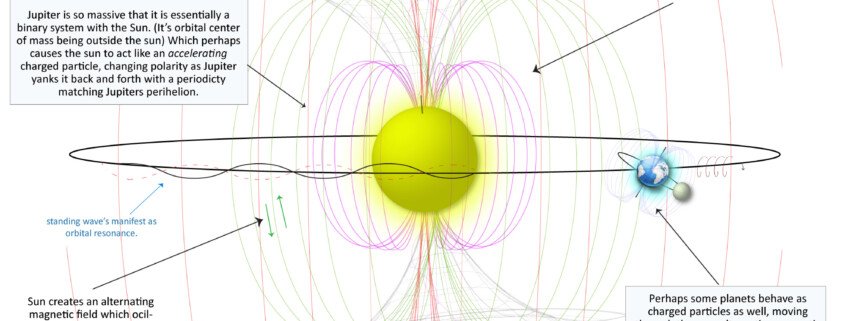
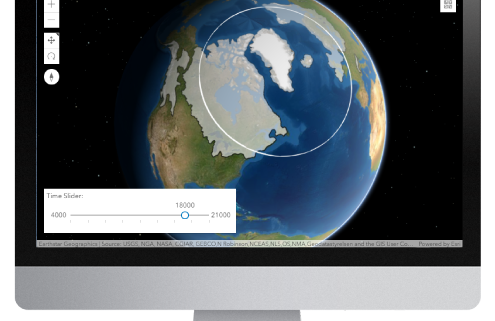
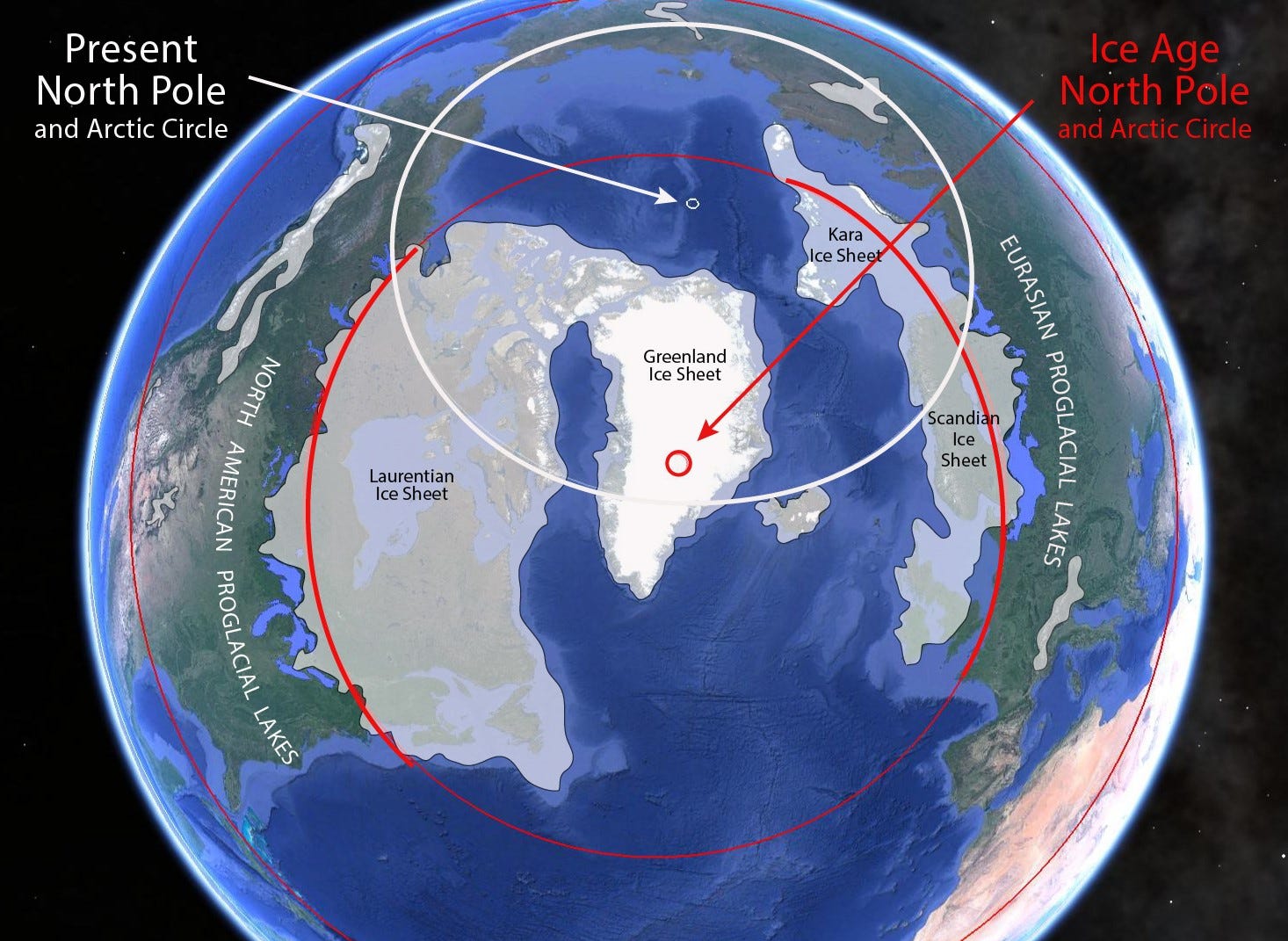

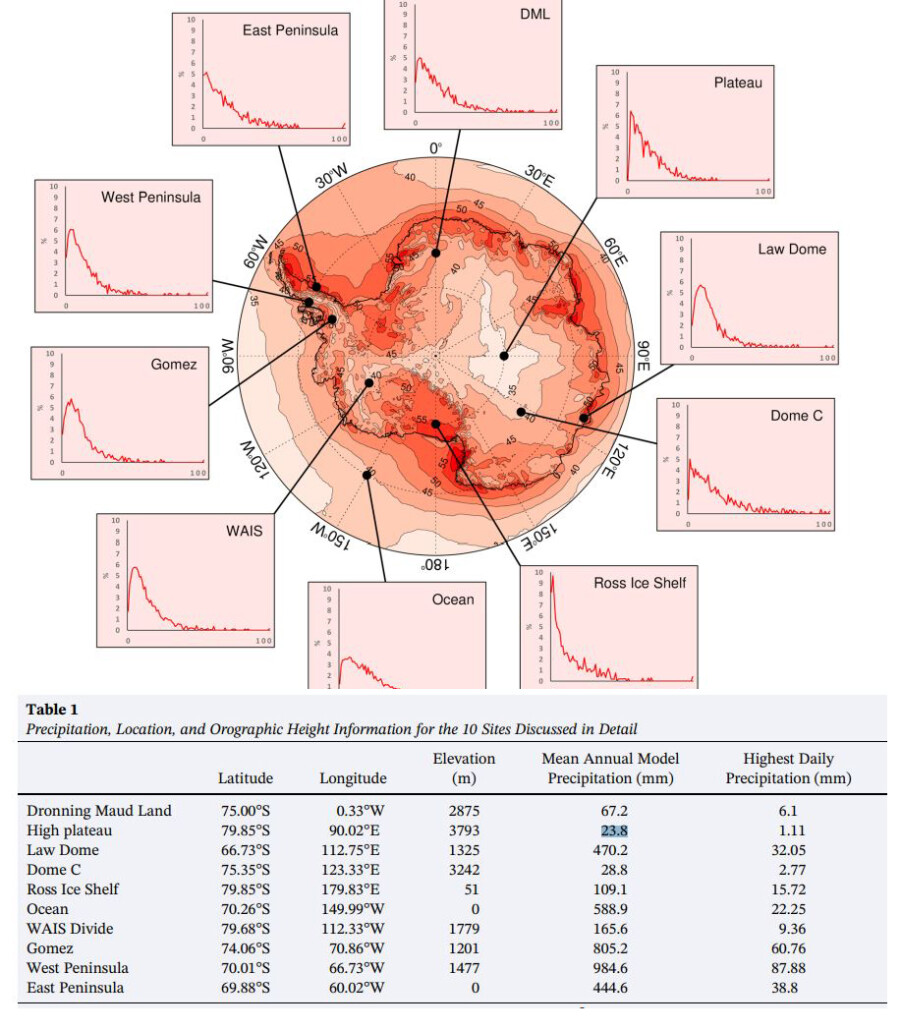
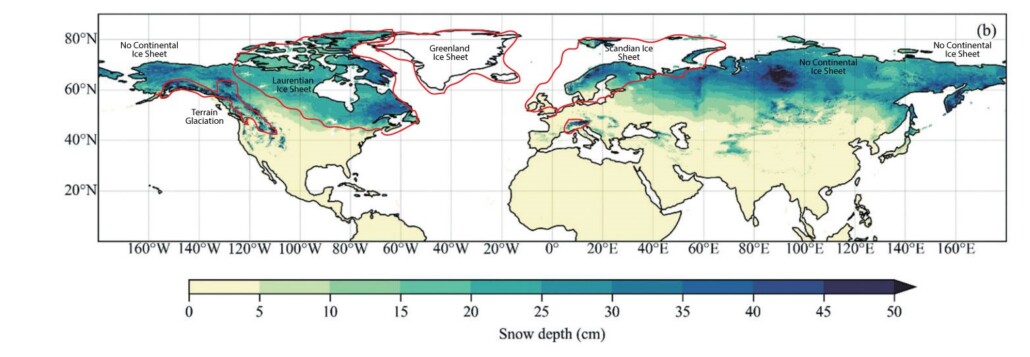

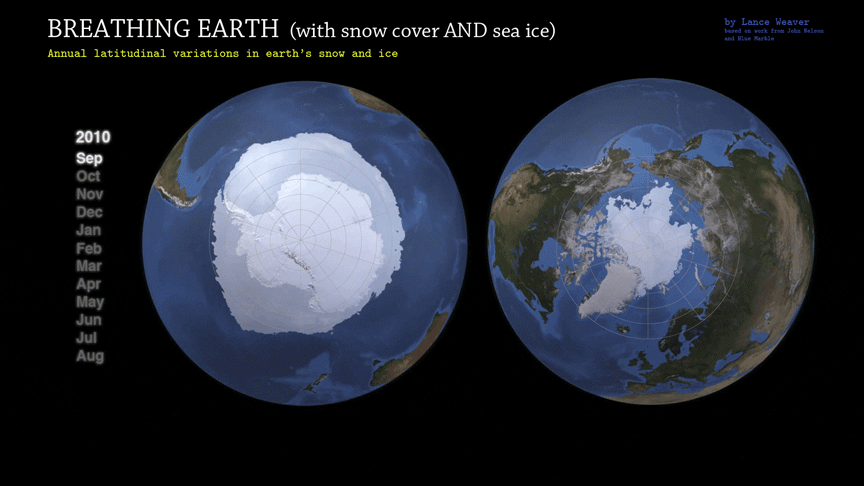
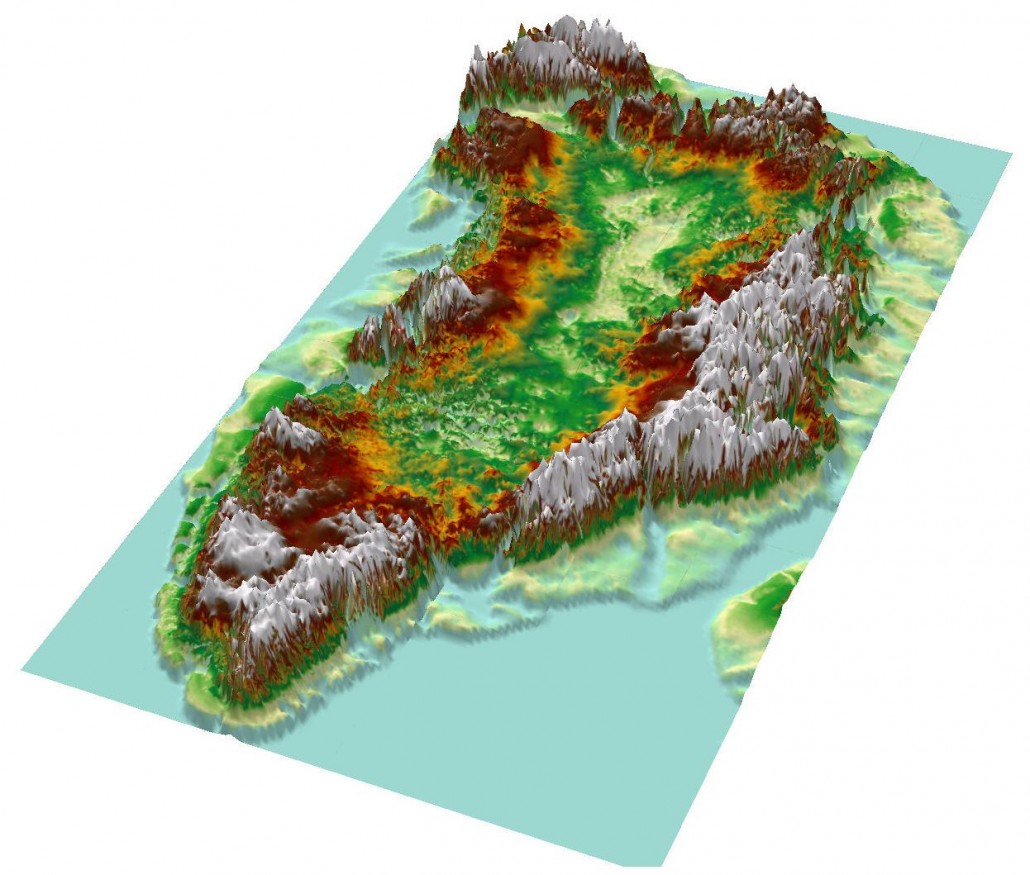
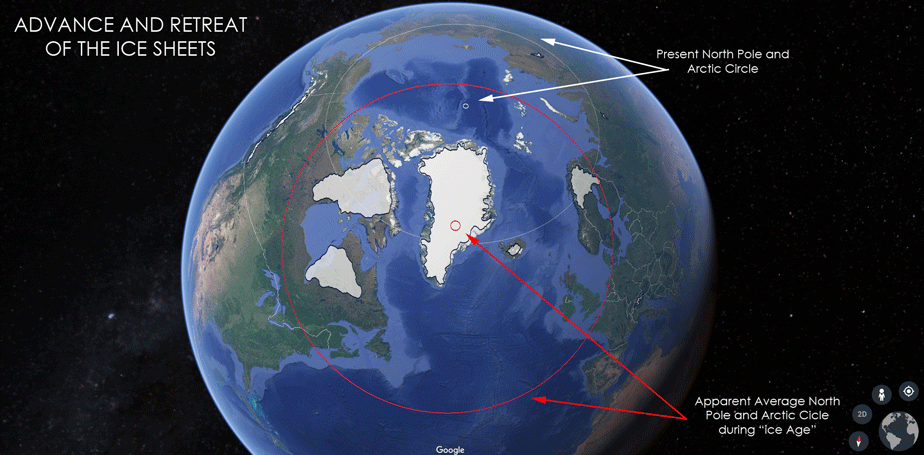
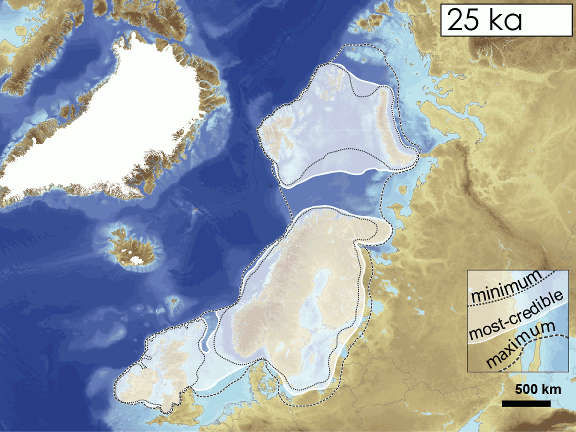
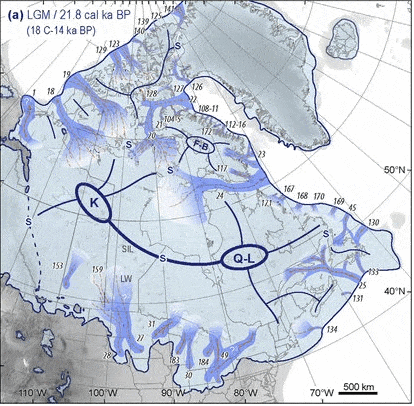


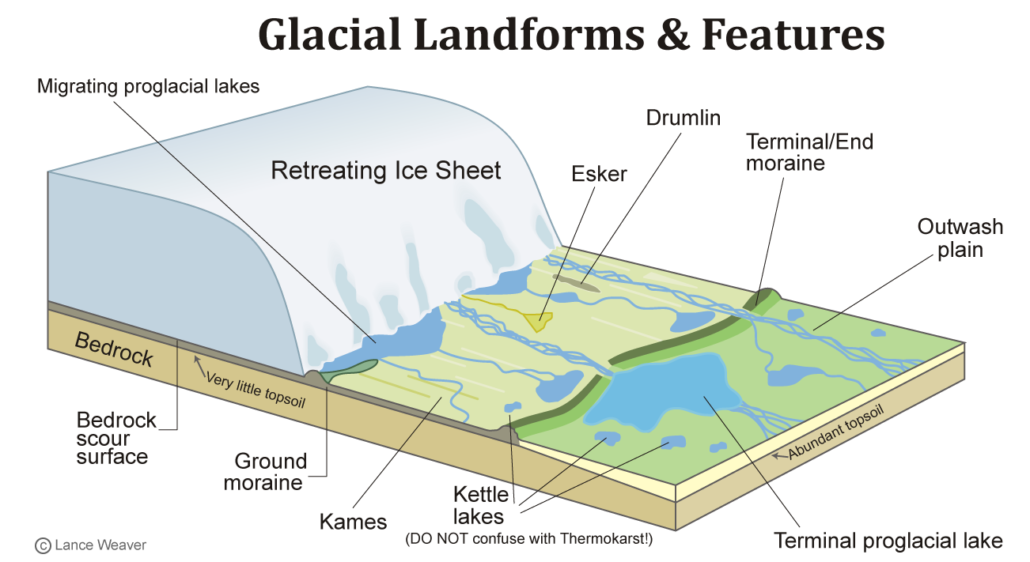
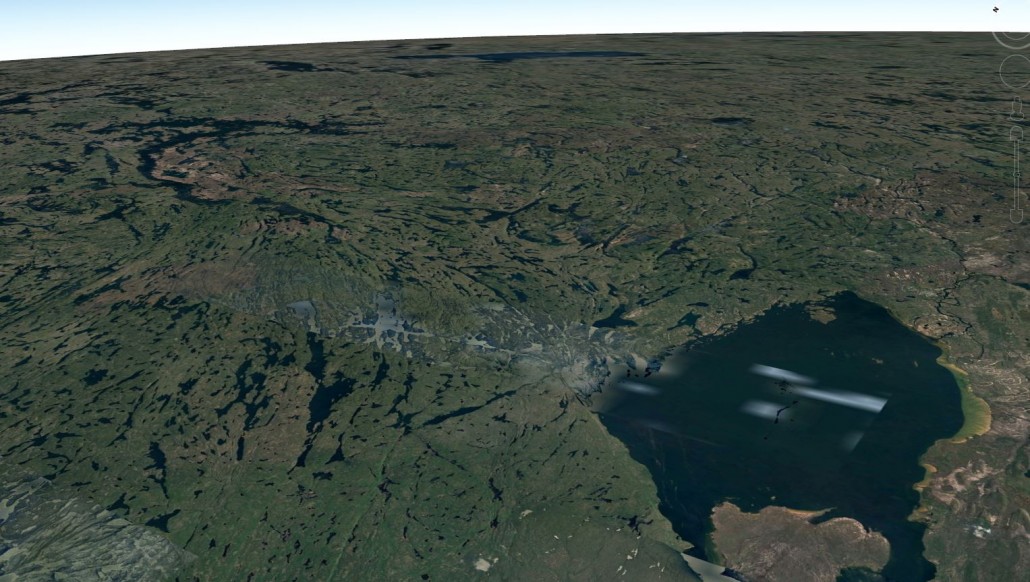
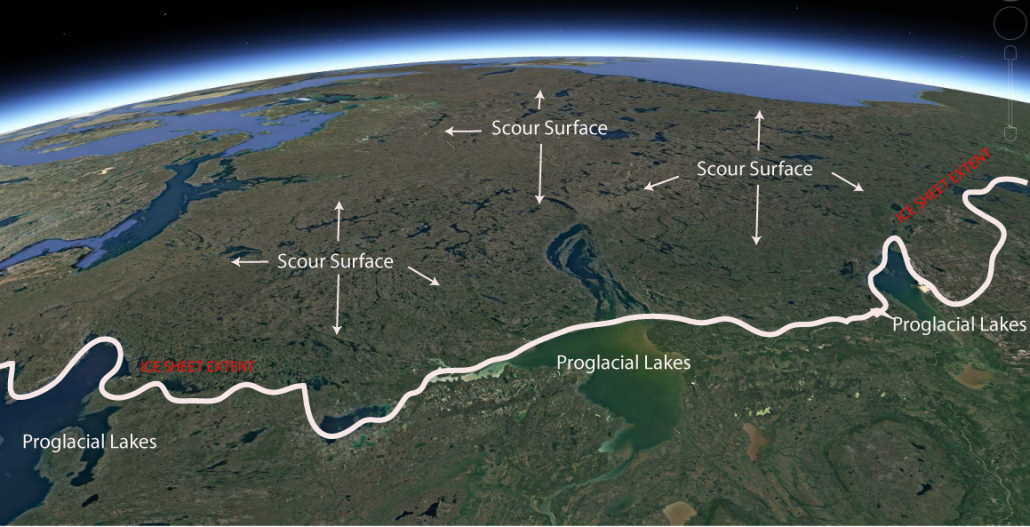
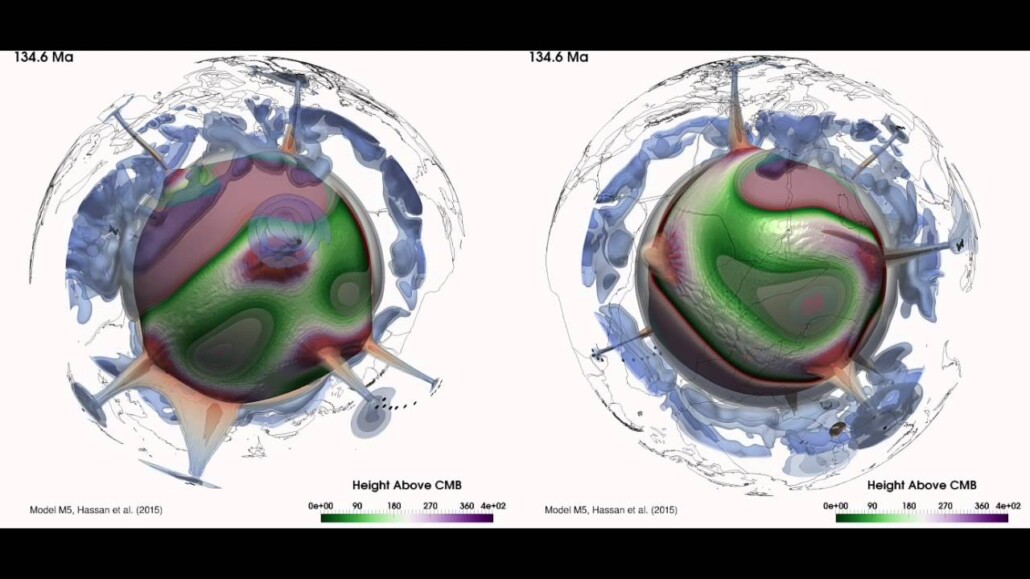
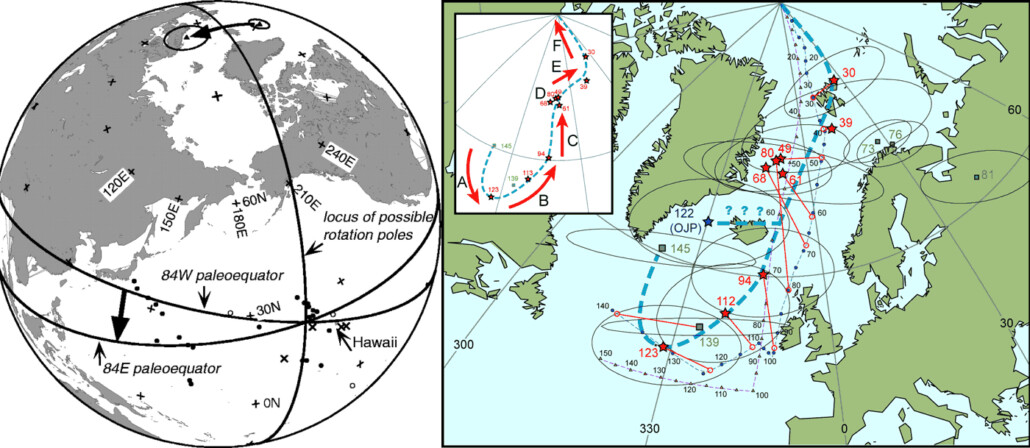
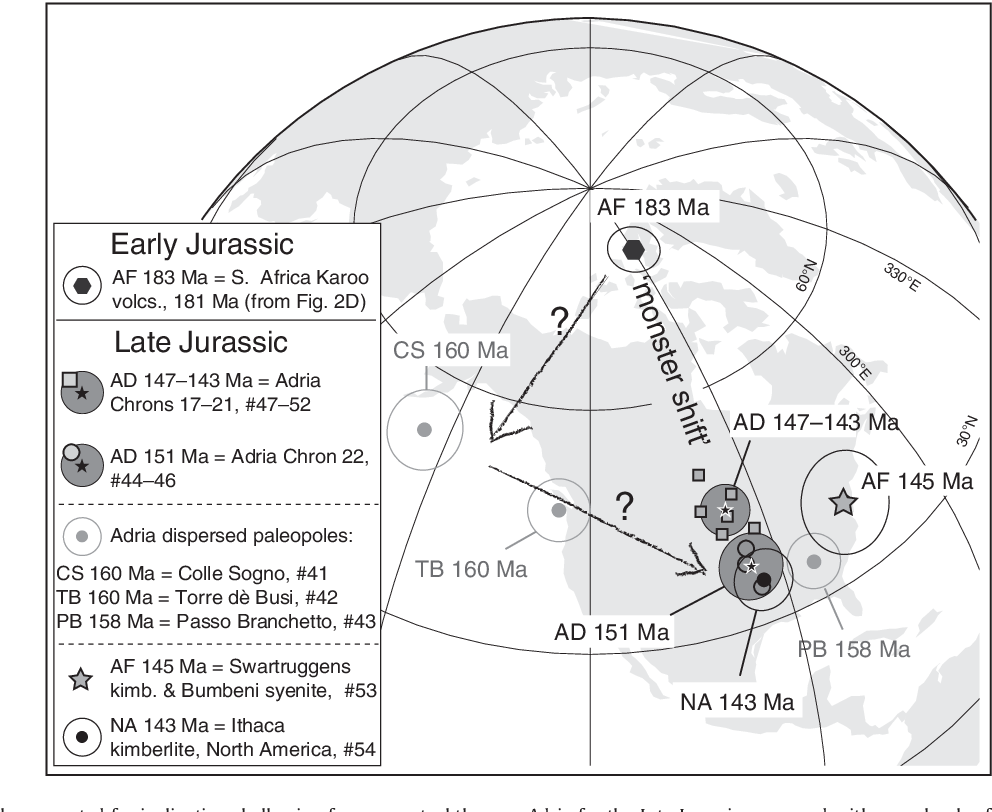
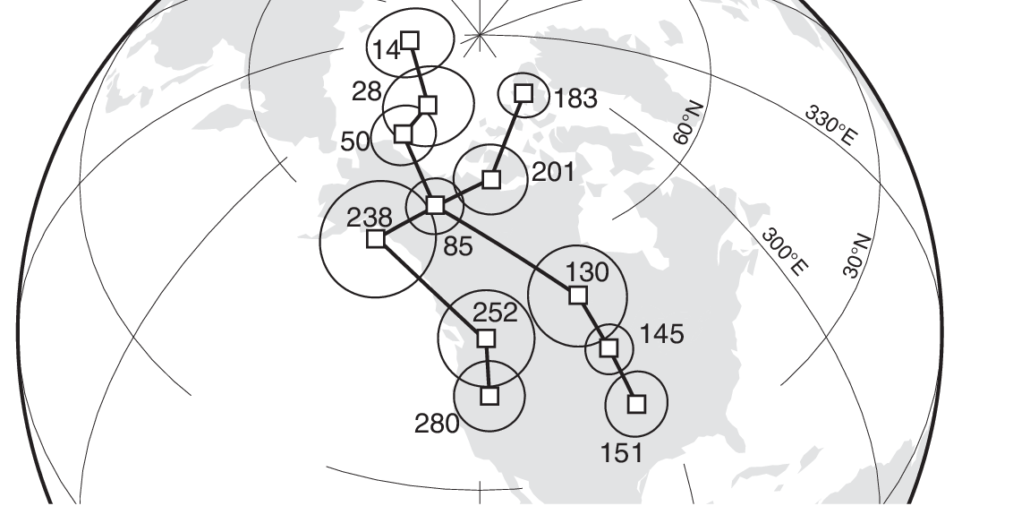
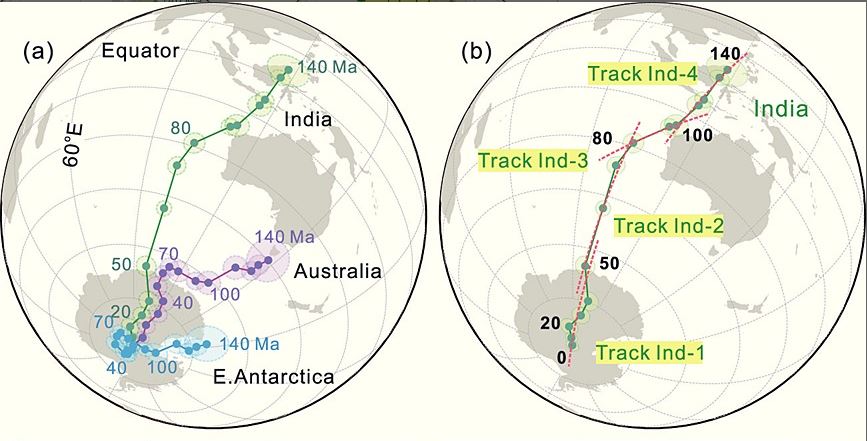
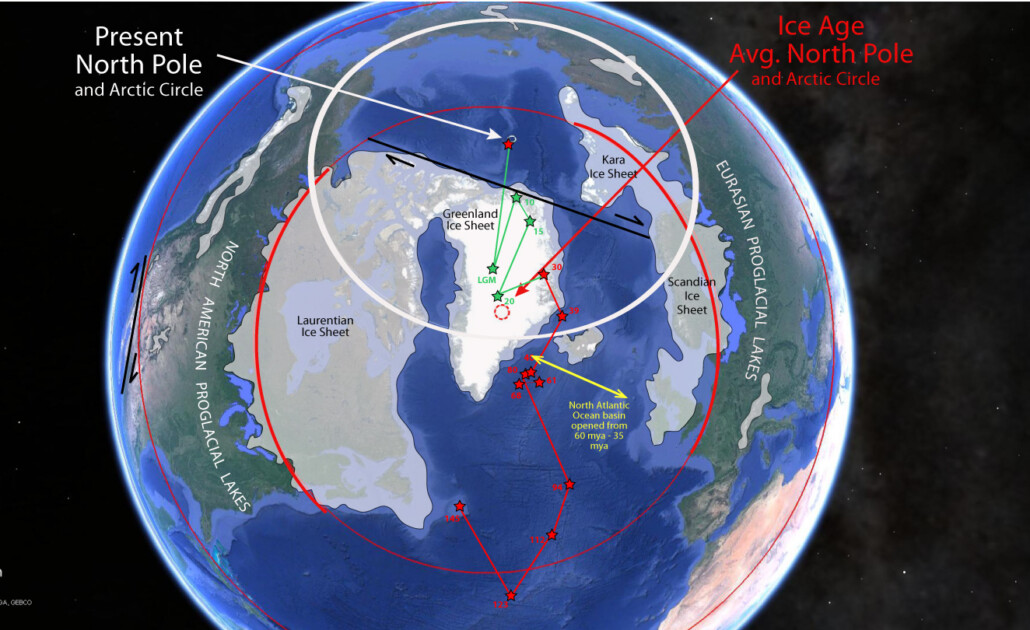
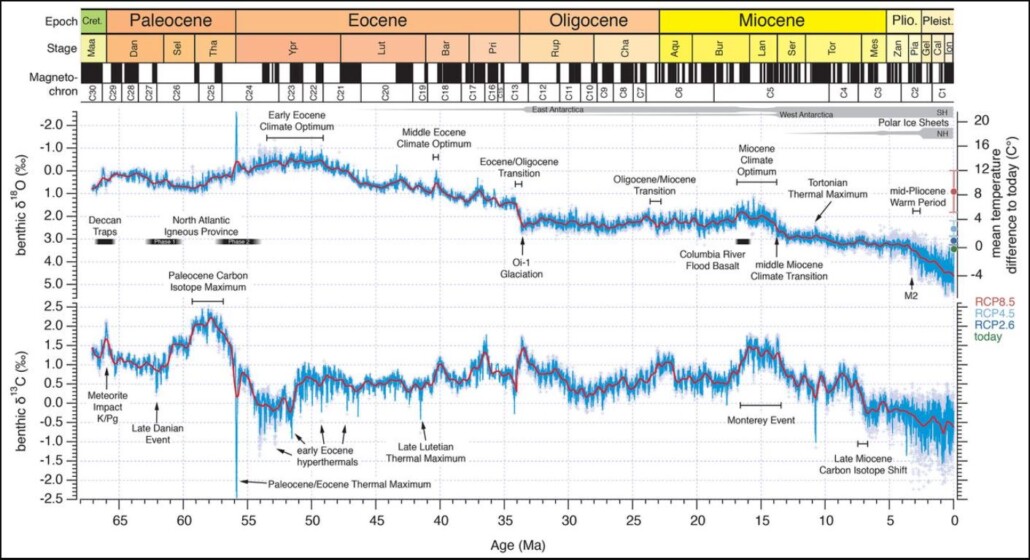
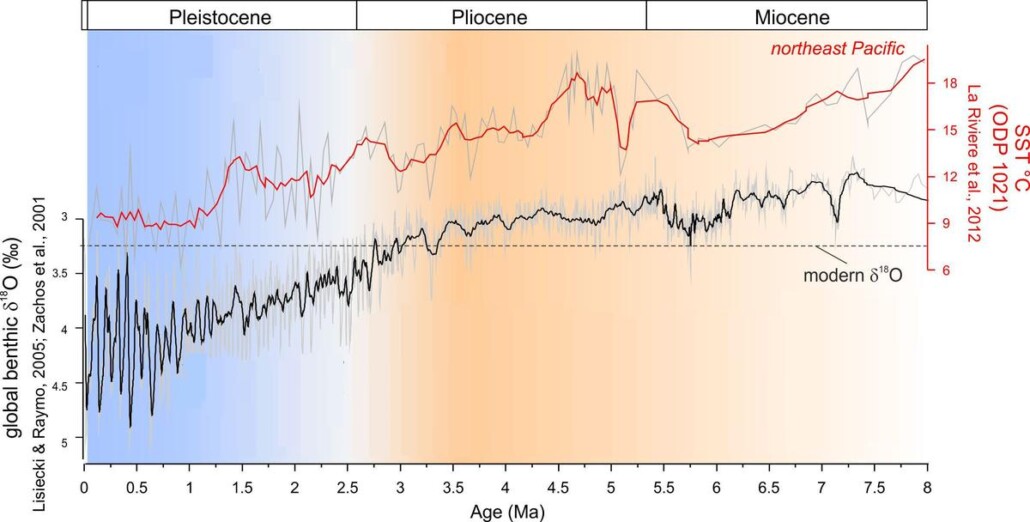
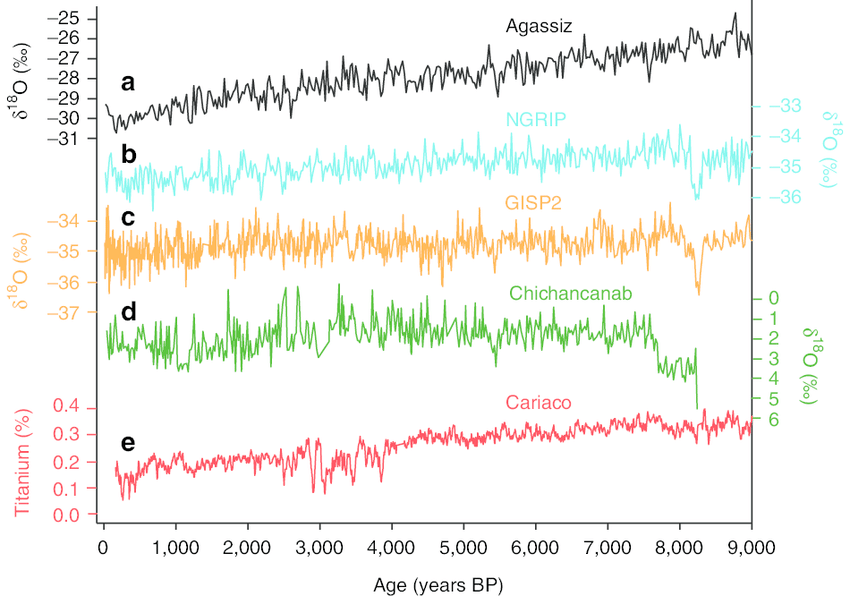
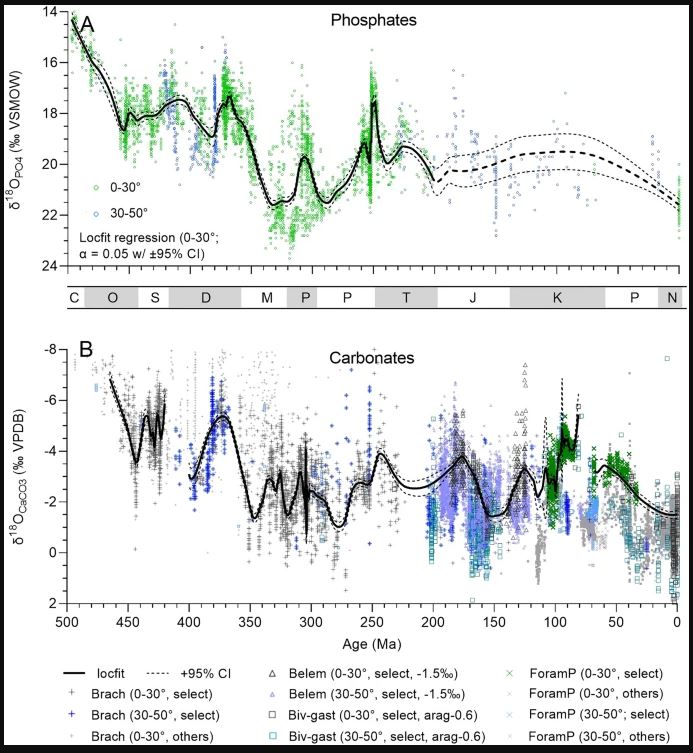
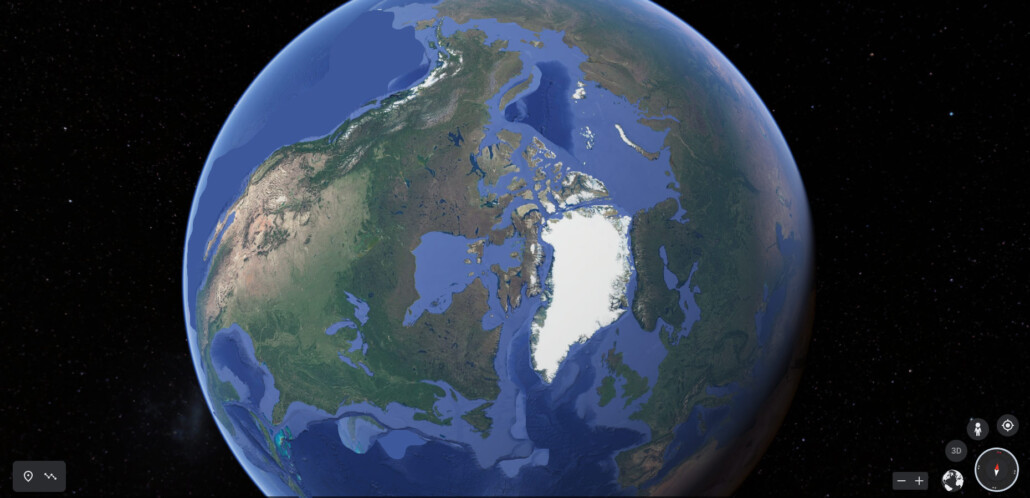


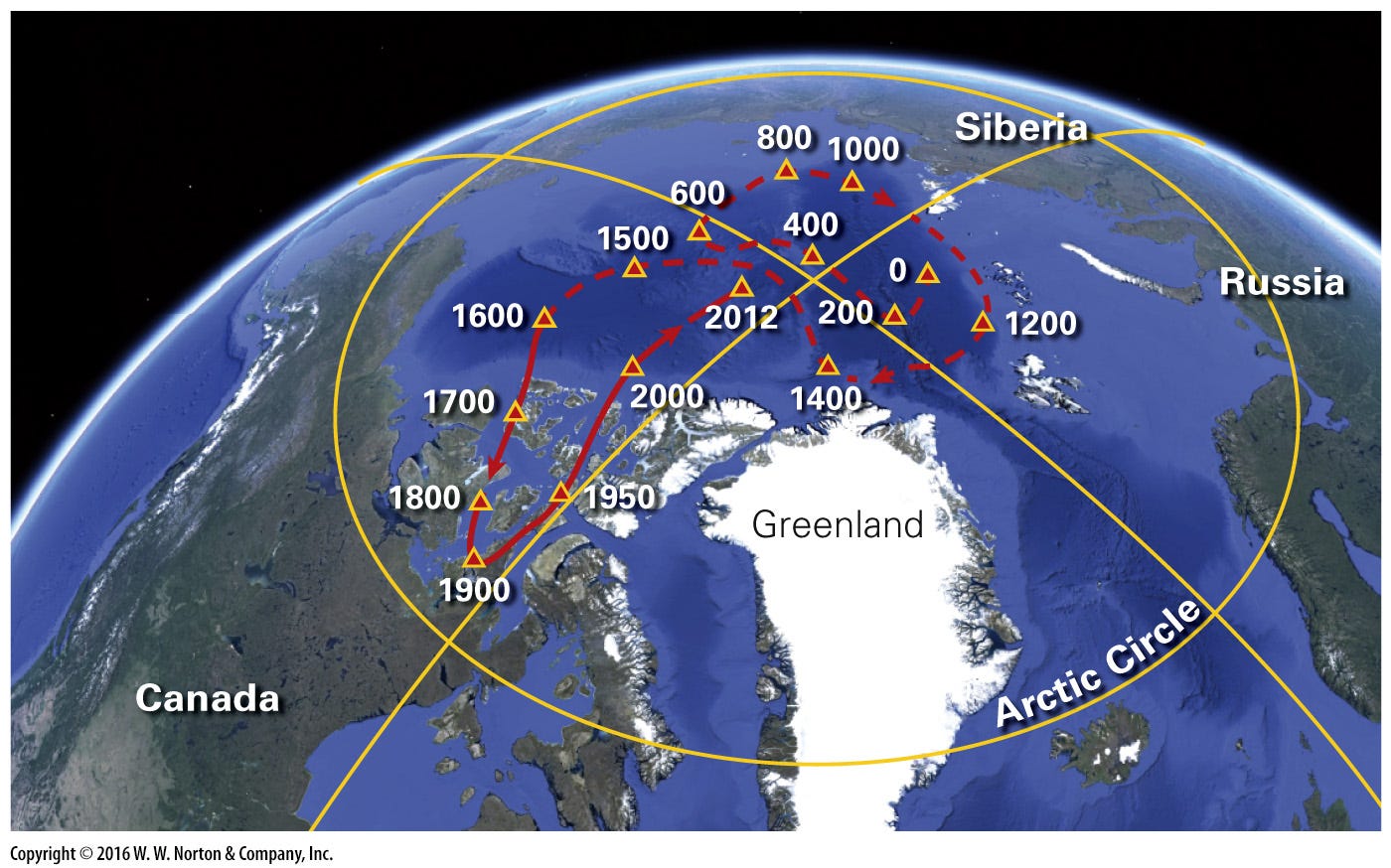
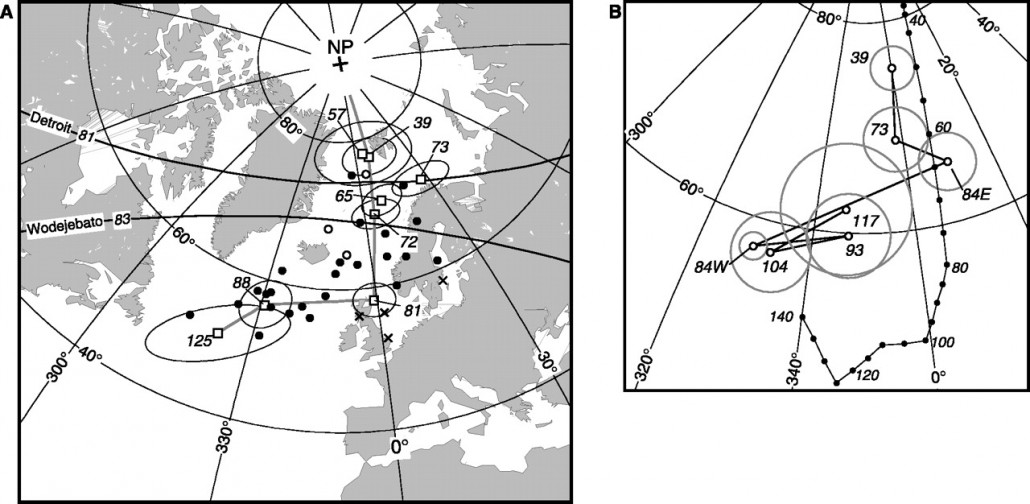
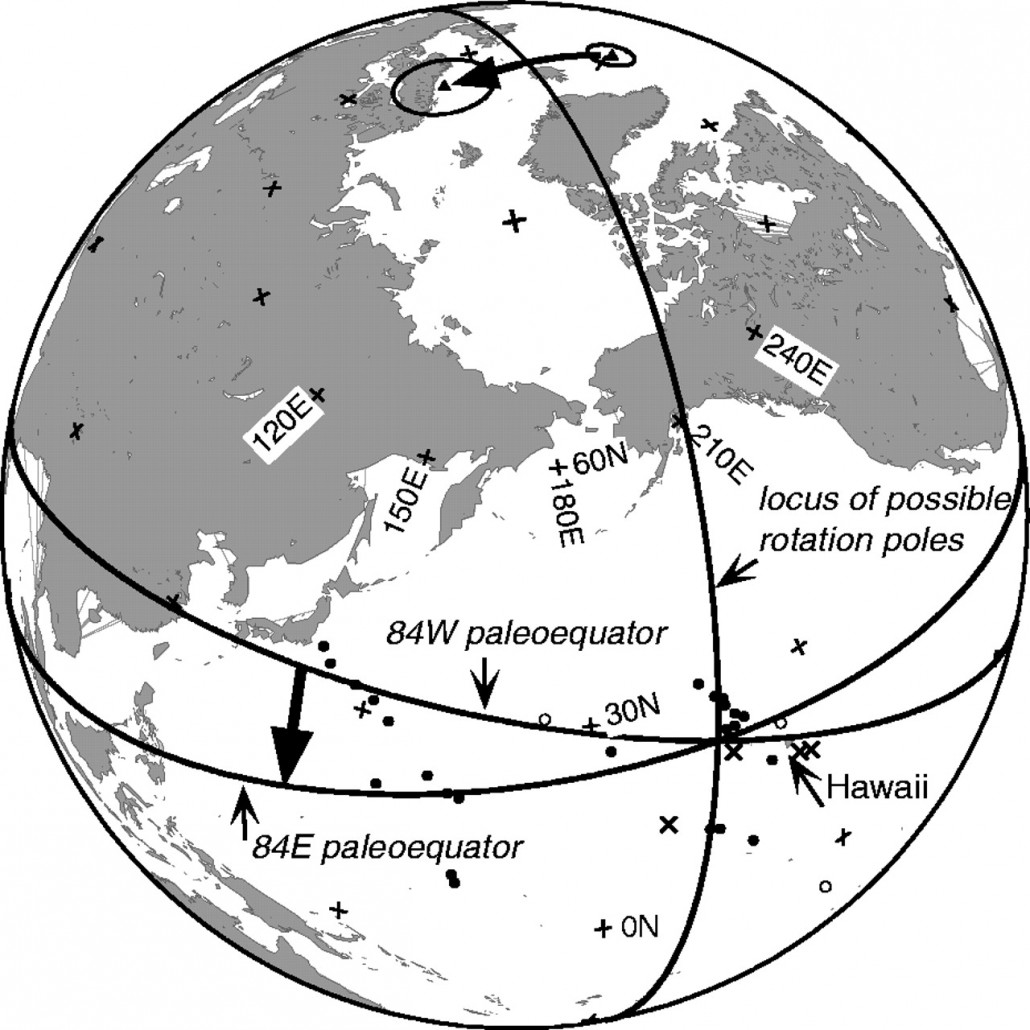
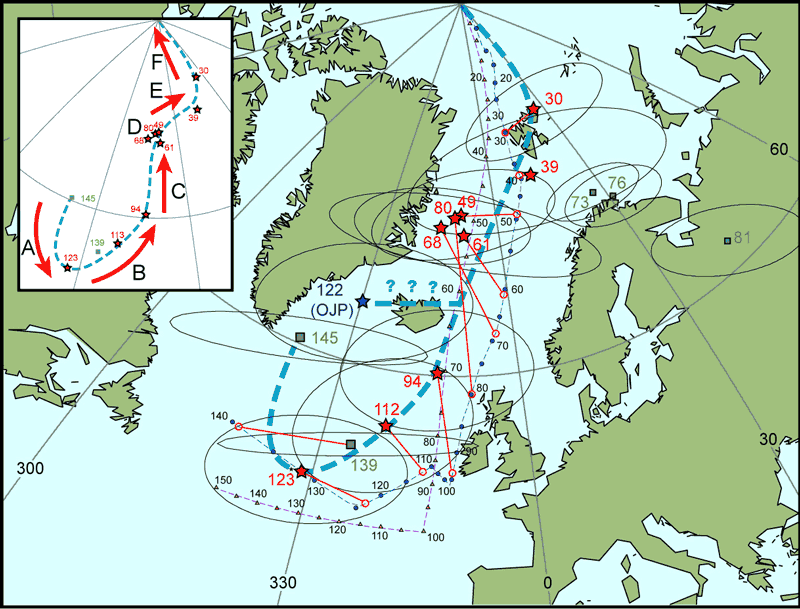
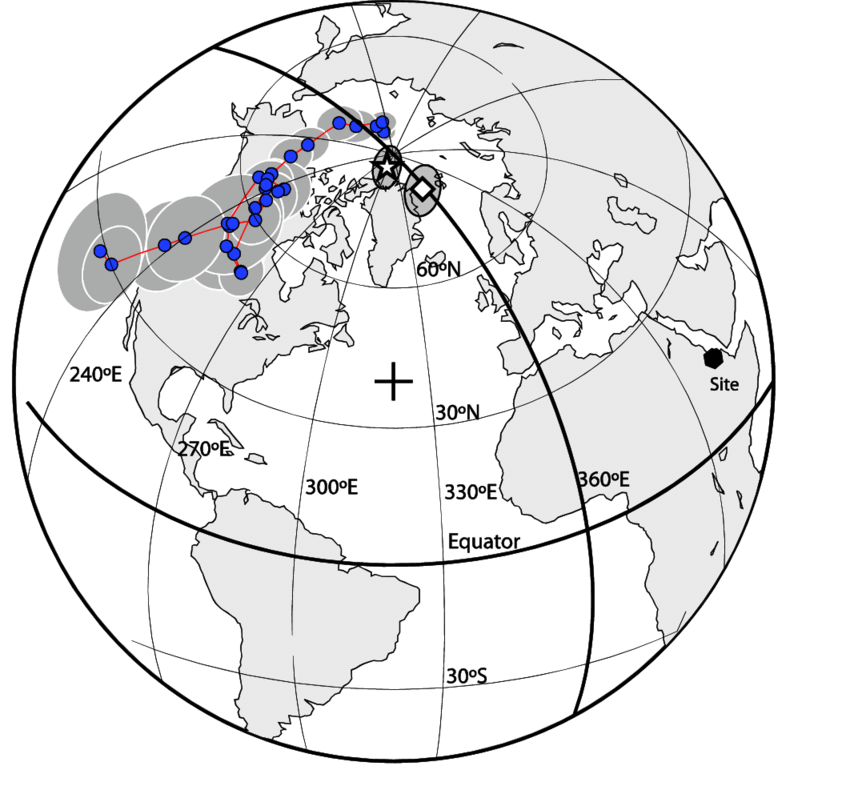
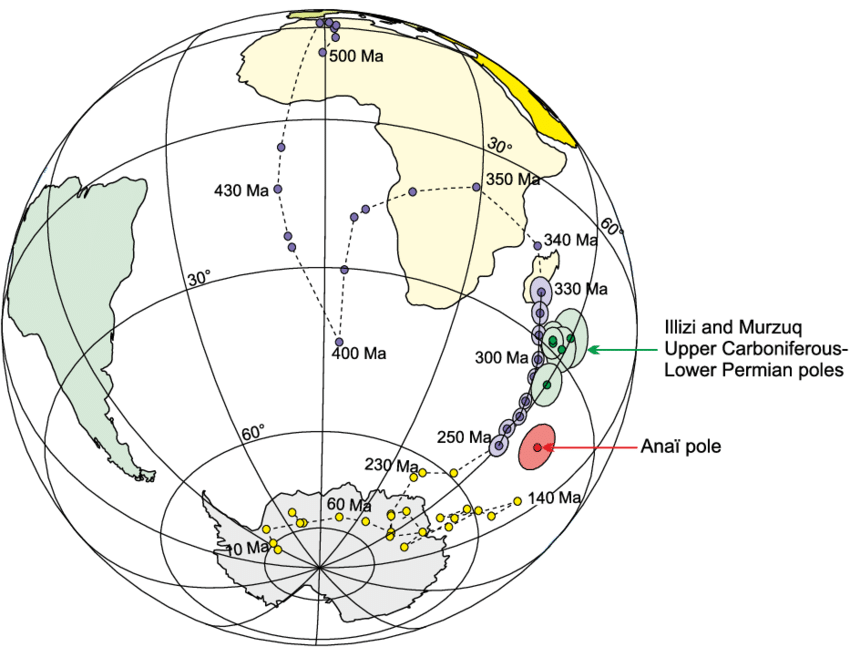
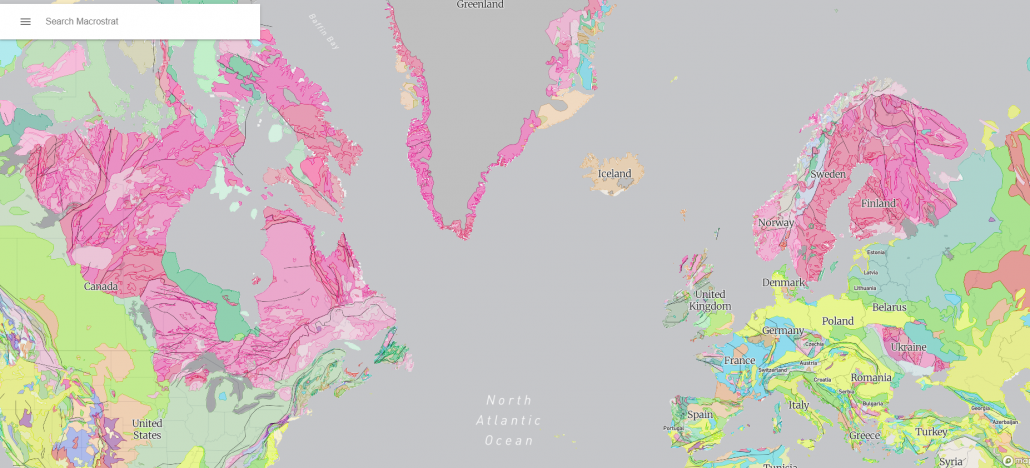
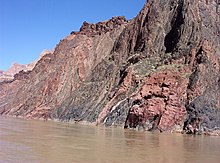 The Vishnu schist is part of the Vishnu complex in the exposed basement rocks of the Grand Canyon region. This metamorphic layer was formed by the intrusion of plutonic masses from under the crust and the deposit of sediment from an eroded mountain chain.
The Vishnu schist is part of the Vishnu complex in the exposed basement rocks of the Grand Canyon region. This metamorphic layer was formed by the intrusion of plutonic masses from under the crust and the deposit of sediment from an eroded mountain chain.